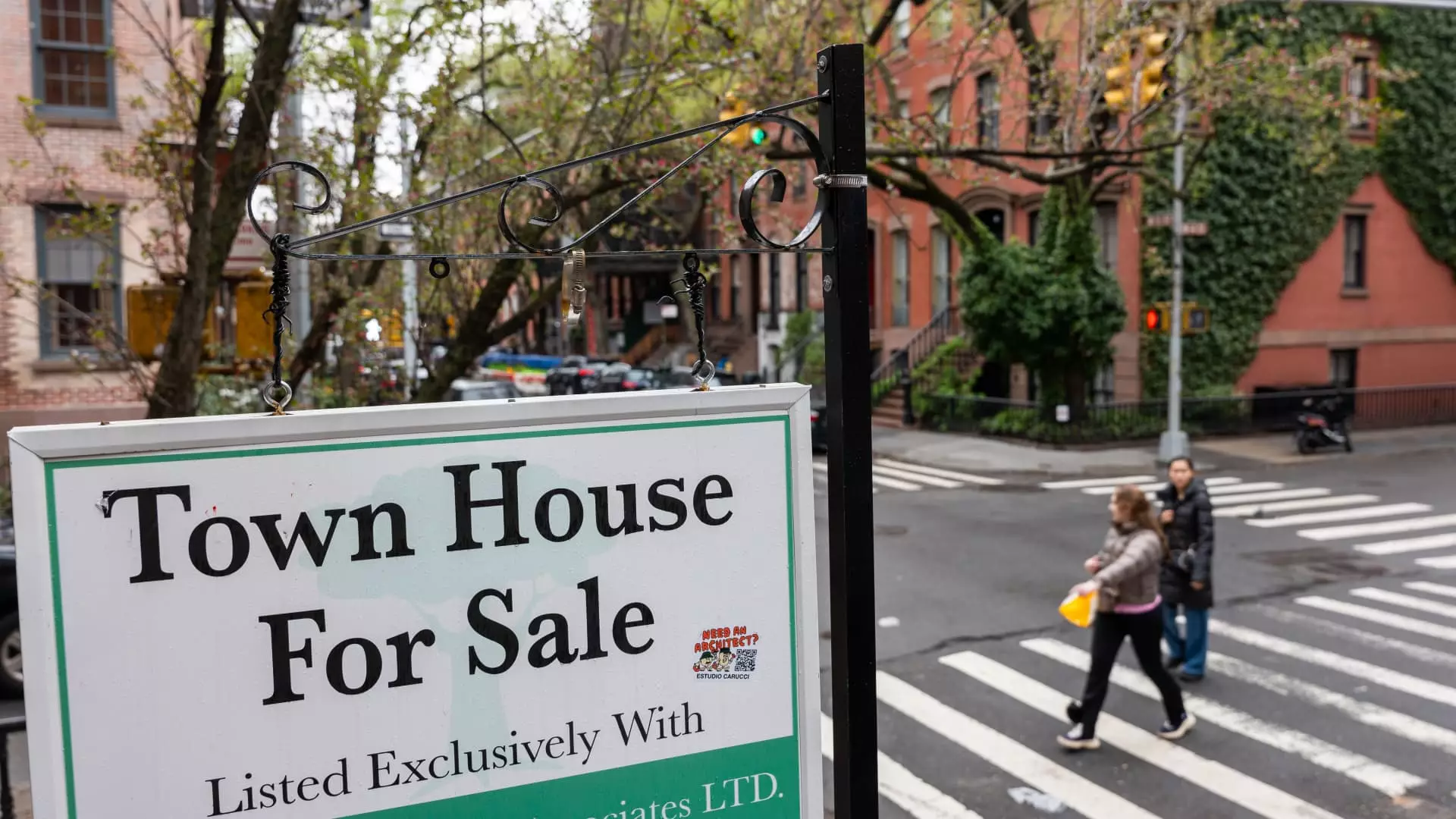The Manhattan real estate market is experiencing a significant shift towards becoming a buyer’s market, as highlighted by recent reports. The second quarter of 2024 has shown a decrease in apartment prices and an increase in inventory, indicating a more favorable environment for potential buyers. According to a report from Douglas Elliman and Miller Samuel, the average sales price in Manhattan fell by 3% to just over $2 million. The median price also declined by 2% to $1.2 million, with luxury apartment prices experiencing a drop for the first time in over a year.
One of the key factors contributing to the price declines in Manhattan is the rising inventory of apartments for sale. Currently, there are over 8,000 apartments on the market, which is higher than the 10-year average of around 7,000 units. This increase in supply has also led to a longer selling period, with Manhattan now having a 9.8 month supply of apartments for sale. According to industry experts, any supply exceeding 6 months indicates a buyer’s market, signaling a shift in the real estate landscape.
Contrast with National Real Estate Trends
The situation in Manhattan contrasts with the overall national real estate scenario, where tight supply continues to keep prices at elevated levels. Brokers and analysts attribute the strong prices post-Covid in Manhattan to an unsustainable environment, leading both buyers and sellers to adjust to a higher interest rate climate. This adjustment reflects a gradual convergence of buyer and seller expectations, resulting in an increase in closed deals. In the second quarter, there were 2,609 sales, marking a 12% increase from the previous year and the first sales rebound in two years.
Impact of High Rents on Sales
High rents in Manhattan are also playing a role in driving sales, as potential buyers who were initially renting are now making the transition to homeownership. The average apartment rental price in May was still over $5,100 a month, with rents typically rising in the late summer months. This trend has incentivized renters to consider purchasing properties, especially with the hope of potential interest rate reductions by the end of 2024 or early 2025. Despite this, the impact of mortgage rates on Manhattan real estate remains limited, as a significant portion of sales are cash transactions.
While the overall Manhattan real estate market is seeing price declines across all segments, the luxury segment is facing particular challenges. The median sale prices in the luxury segment, representing the top 10% of the market, fell by 11% in the second quarter, accompanied by a 22% surge in listing inventory. This weakness in the high-end market is attributed to uncertainties surrounding upcoming elections, with wealthy buyers holding off on major purchases. Industry experts are closely monitoring whether this trend in the luxury segment is indicative of a broader shift or a temporary adjustment.
The evolving dynamics in the Manhattan real estate market present new opportunities for buyers as prices decrease and inventory levels rise. The shift towards a buyer’s market, coupled with changing consumer behaviors and market conditions, underscores the importance of staying informed and adaptable in the real estate landscape. As the market continues to adjust, buyers, sellers, and industry professionals must navigate these changes to make well-informed decisions in this dynamic environment.

